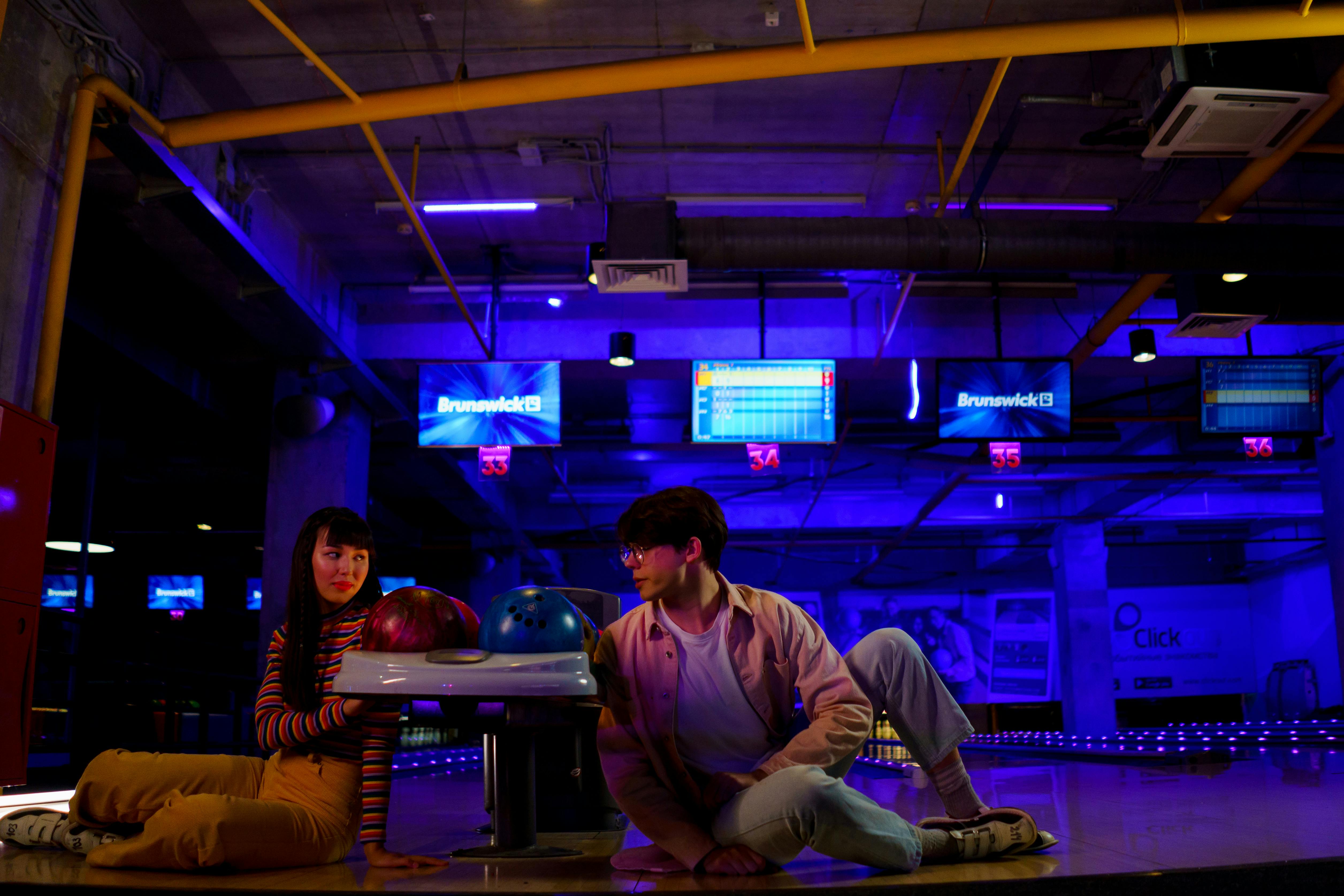Visions of holographic displays in your favorite sci-fi movie or TV show can honestly be here. It’s hard to believe and hard to imagine, but these new TVs of the future are already in the works. In fact, researchers and engineers have already produced some interesting prototypes. Some examples have already reached innovation and technology fairs.
One of those TVs is called Claro and it uses a thin glass panel where a projector is used at the right angle that also ignores all other lights so it can display an incredibly clear image. The quality of this TV is exceptional. If you like, the futuristic look can even have see-through glass speakers.
The Cheoptics360 is another type of holographic display that is probably the closest to a true 3D holographic image. In fact, it can be viewed from all angles and still provides amazing clarity in its image quality. That’s a huge improvement even over the latest LED TVs that have a limited viewing angle. Most will probably use some kind of thin glass projection, but there could be even more amazing designs in the future.
Other applications for this technology beyond the television industry could include military, medical, or computer games. It would be amazing to play your favorite online game in 3D holographic style. And holographic display technology could change the way we interact with our computers and other electronic devices in radical ways. Let’s remember Tom Cruise’s character in the movie ‘Minority Report’. Thanks to movie magic, the star was able to display files in holographic 3D space in front of his computer screen. From there, he could manipulate, organize, and move elements in holographic space to examine different relationships between the data. We’ve seen this idea in the 2D space with Microsoft’s much-touted ‘Surface’ demo. Taking this technology beyond digital television broadcasting and into the world of gaming would prove equally revolutionary. The possibilities could be as endless as the LCD screen technology that changed our world of television and computing.
Only the future will show us where this technology will go, but it will be interesting for sure. In no time, you may be watching your favorite cable TV show or movie on a vivid 3D holographic display. One thing is for sure, engineers and developers show no signs of slowing down the rapid pace of innovation that is currently occurring in entertainment.

